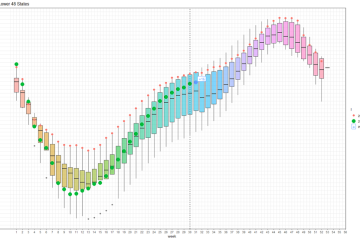Understanding SENA Countries and Their Role in Regional Development

Introduction
The South Asian Economic and Networking Association (SENA) countries play a critical role in fostering economic collaboration and development across the region. Consisting of prominent nations like India, Bangladesh, Sri Lanka, Nepal, Bhutan, and the Maldives, SENA aims to enhance mutual cooperation in various sectors including trade, tourism, and technology. Given the current global economic challenges, the importance of SENA countries in promoting regional stability and growth has become increasingly relevant.
Recent Developments in SENA Collaboration
In recent months, SENA countries have witnessed significant efforts towards integration and cooperation. The SENA summit, held virtually in September 2023, brought together leaders from member nations to discuss strategies for economic recovery post-pandemic. Key topics included enhancing trade connectivity, boosting tourism, and supporting startups within member countries.
One of the pivotal outcomes of this summit was the introduction of the SENA Trade Agreement, which aims to reduce tariffs and promote cross-border trading among member states. This agreement is expected to strengthen economic ties and provide a boost to local industries, especially in the backdrop of global supply chain disruptions.
Investment and Development Initiatives
Furthermore, various SENA countries are actively seeking foreign investments to drive their economies. In light of the growing interest from international investors, member countries have streamlined regulations to make it easier for foreign businesses to set up operations. For instance, India has introduced attractive policies in sectors such as renewable energy and technology, aiming to attract SENA nation investments.
Additionally, the region is focusing on sustainable development initiatives. The SENA countries have committed to preserving the environment while ensuring economic growth. Collaborative projects in solar energy and sustainable agriculture are at the forefront of these efforts, addressing both economic and environmental priorities.
Conclusion
The collaboration among SENA countries is poised to create a positive impact on their collective economic landscapes. As these nations work together to strengthen ties through trade agreements, invest in technology, and prioritize sustainable development, they are better equipped to confront global challenges. For readers, understanding the dynamics of SENA countries is essential not only for recognizing regional trends but also for appreciating the interconnectedness of economies in today’s globalized world.









